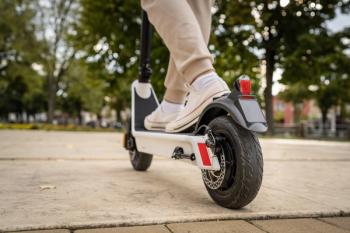
Examining access to pediatric emergency medicine
Access to all forms of health care can be hard to find in rural areas. A new report examines how this impacts pediatric emergency medicine.
Having access to good health care clearly is important, but often children who live in more rural areas may not have the same access to care as those who live in or near cities. A
Investigators performed a national cross-sectional study of the 2020 pediatric emergency physician workforce using the American Medical Association Physician Masterfile database, which was also linked to American Board of Medical Specialties board certification information. Emergency medical training was defined as completing an emergency medical program (inclusive of both an emergency medicine residency and/or a pediatric emergency medicine fellowship) or a combined emergency medicine program (internal medicine and emergency medicine, family medicine and emergency medicine, or pediatrics and emergency medicine).
In 2020, there were 2403 clinically active pediatric emergency physicians working of which 56% were women and the median aged was 46 (40-55) years. There were 1718 physicians with emergency medicine training and 641 with pediatric training. Nearly 70% of them were board certified in pediatric emergency medicine. All but 3 of the emergency physicians worked in urban areas and were on average 13 years younger than the physicians working in the rural areas. Those who completed training 20 years ago or more when compared to those who completed training more recently were less likely to work in urban settings (633 [97%] vs 0-4 years: 440 [99%], 5-9 years: 547 [99%], or 10-19 years: 723 [99%]; P = .006). Montana, South Dakota, and Wyoming had no pediatric emergency physicians in the state and Alaska, New Mexico, and North Dakota had emergency physicians in only 1 county. Additionally, less than 1% of counties had more than 4 emergency physicians per 100,000 population.
The investigators concluded that nearly all available pediatric emergency physicians worked in urban areas and most rural areas had limited availability to pediatric-specific emergency care. Policymakers should work to create programs that address this need.
Reference
1. Bennett C, Espinola J, Sullivan A, et al. Evaluation of the 2020 pediatric emergency physician workforce in the US. JAMA Netw Open. 2021;4(5):e2110084. doi:10.1001/jamanetworkopen.2021.10084
Newsletter
Access practical, evidence-based guidance to support better care for our youngest patients. Join our email list for the latest clinical updates.








